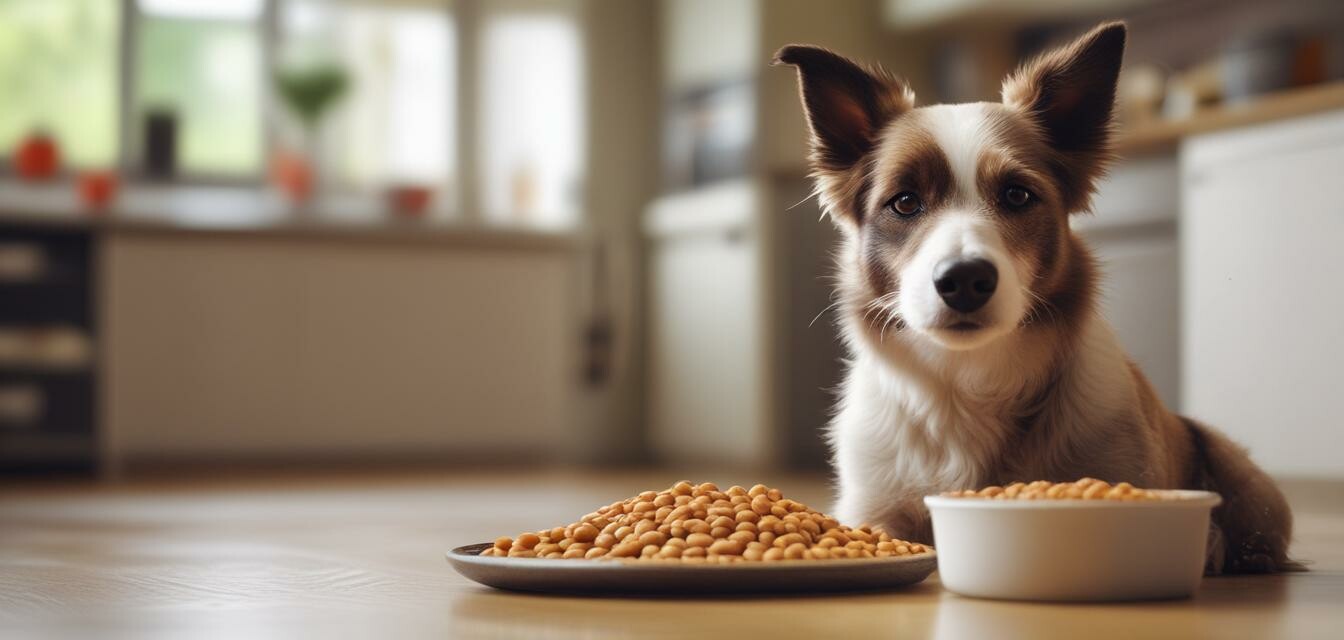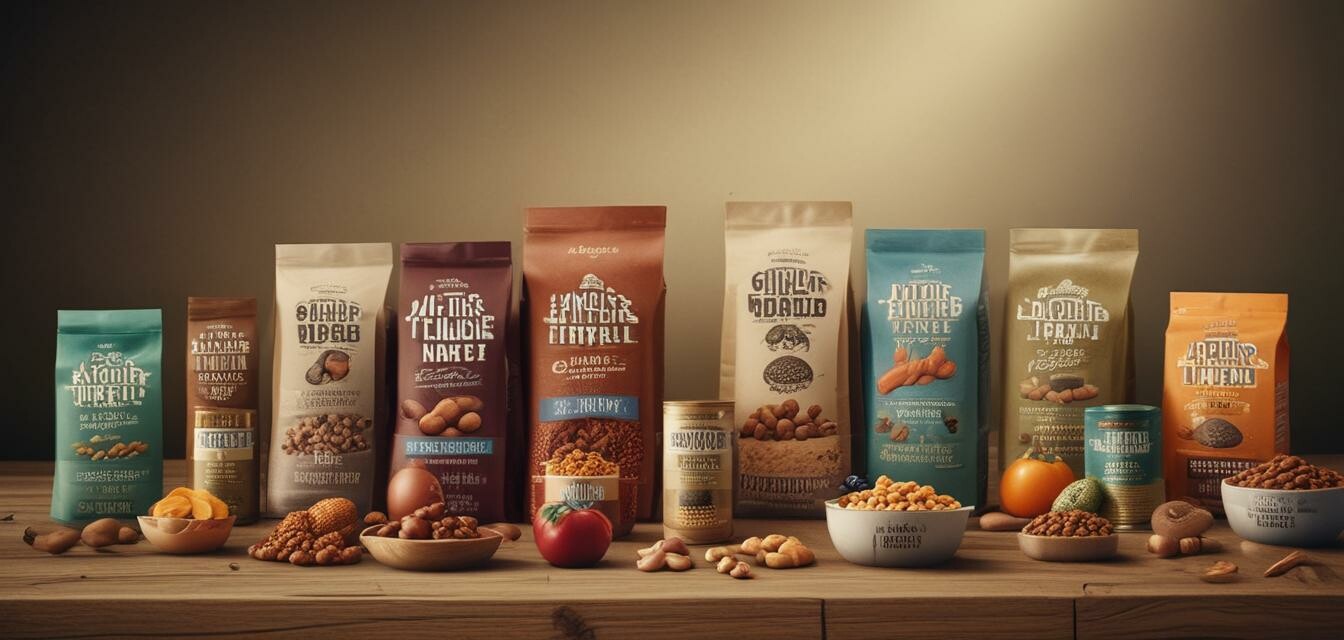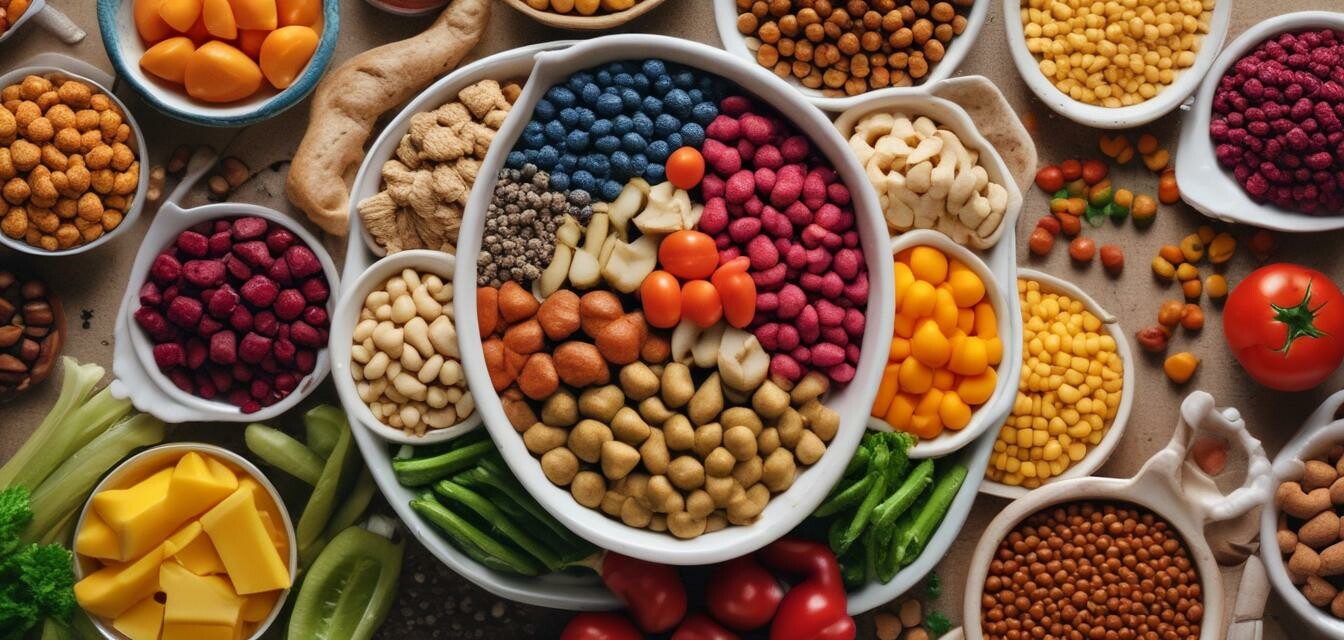
Homemade Dog Food
Key Takeaways
- Homemade dog food can be a healthy alternative to commercial dog food.
- It's essential to prepare balanced meals that meet your dog's nutritional needs.
- Always consult a veterinarian before making significant changes to your dog's diet.
- Diversity in ingredients can help provide complete nutrition.
Making your own dog food at home can be a rewarding endeavor. With rising concerns about the ingredients in industrial dog food, many pet owners are seeking alternatives that allow them full control over what their dogs consume. This guide will explore how you can prepare balanced homemade meals for your furry friends, ensuring they enjoy nutritious and tasty dishes.
Benefits of Homemade Dog Food
- Quality control: You choose fresh, high-quality ingredients.
- Customizable: Tailor the meals to your dog's specific dietary needs.
- Cost-effective: Homemade meals can save money in the long run.
- Reduced allergies: Identifying and eliminating specific allergens is easier.
Essential Ingredients for Homemade Dog Food
To create balanced meals, you need to include key components:
| Ingredient Type | Examples | Importance |
|---|---|---|
| Protein | Chicken, beef, fish | Builds and repairs body tissues. |
| Carbohydrates | Rice, oats, sweet potatoes | Provides energy and supports digestive health. |
| Vegetables | Carrots, peas, spinach | Contains vitamins, minerals, and fiber. |
| Fats | Fish oil, flaxseed oil | Supports skin and coat health. |
| Supplements | Calcium, vitamins | Ensures complete nutrition. |
How to Prepare Homemade Dog Food
Here’s a simple recipe to get you started:
Simple Homemade Dog Food Recipe
- 1 cup of protein (e.g., chicken)
- 1/2 cup of carbohydrates (e.g., rice or sweet potato)
- 1/2 cup of mixed vegetables (e.g., carrots and peas)
- 1 tablespoon of healthy fat (e.g., fish oil)
- Optional: Supplements as per your dog's needs
Instructions
- Cook the protein source thoroughly, ensuring no bones are present.
- Cook the carbohydrates and vegetables until they are soft.
- Combine ingredients in a large bowl and mix thoroughly.
- Incorporate any supplements as advised by your veterinarian.
- Cool before serving and store any leftovers properly.
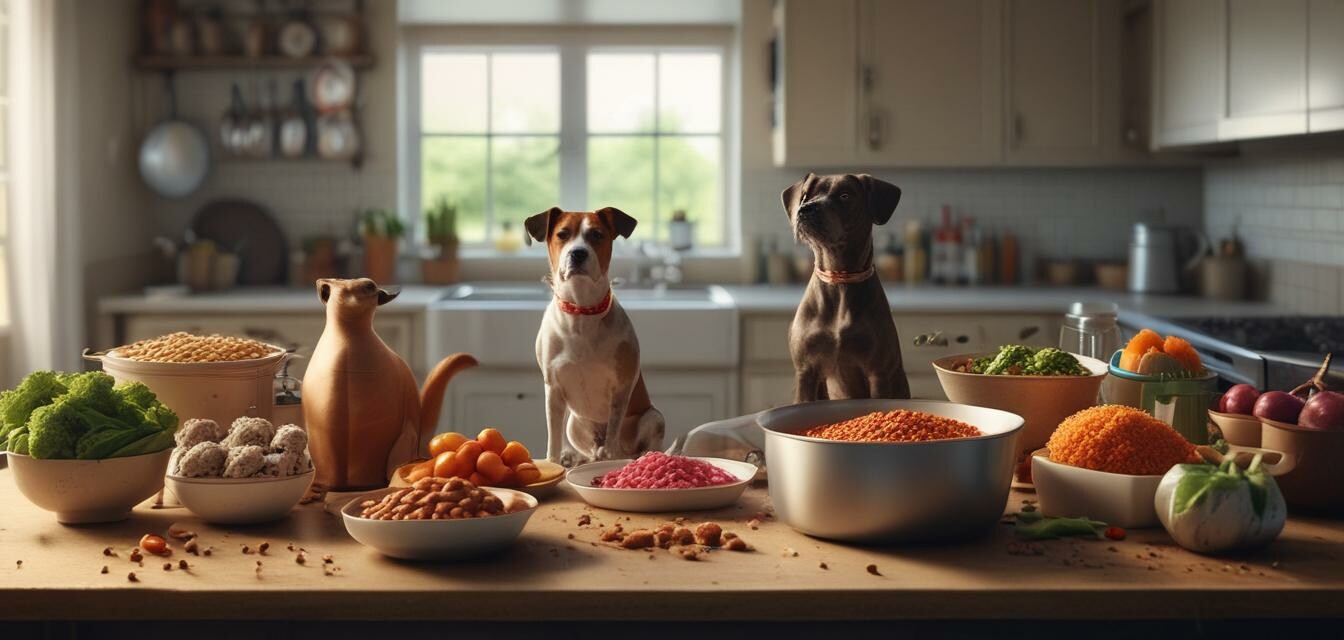
Considerations When Making Dog Food
While preparing homemade meals, remember:
- Consult with your veterinarian regularly.
- Monitor your dog's weight and adjust portions as needed.
- Be cautious with ingredients; some foods are toxic to dogs.
Common Ingredients to Avoid
| Ingredient | Reason |
|---|---|
| Chocolate | Toxic to dogs, can cause serious health issues. |
| Onions and garlic | Can damage red blood cells, leading to anemia. |
| Avocado | Contains persin, which can be harmful to dogs. |
| Grapes and raisins | Can lead to kidney failure. |
| Excessive salt | Can cause sodium ion poisoning. |
Storing Homemade Dog Food
Storage practices are crucial to keep your dog food safe:
- Store in airtight containers to maintain freshness.
- Refrigerate any leftovers and use them within 3-5 days.
- Consider freezing larger batches for convenience.
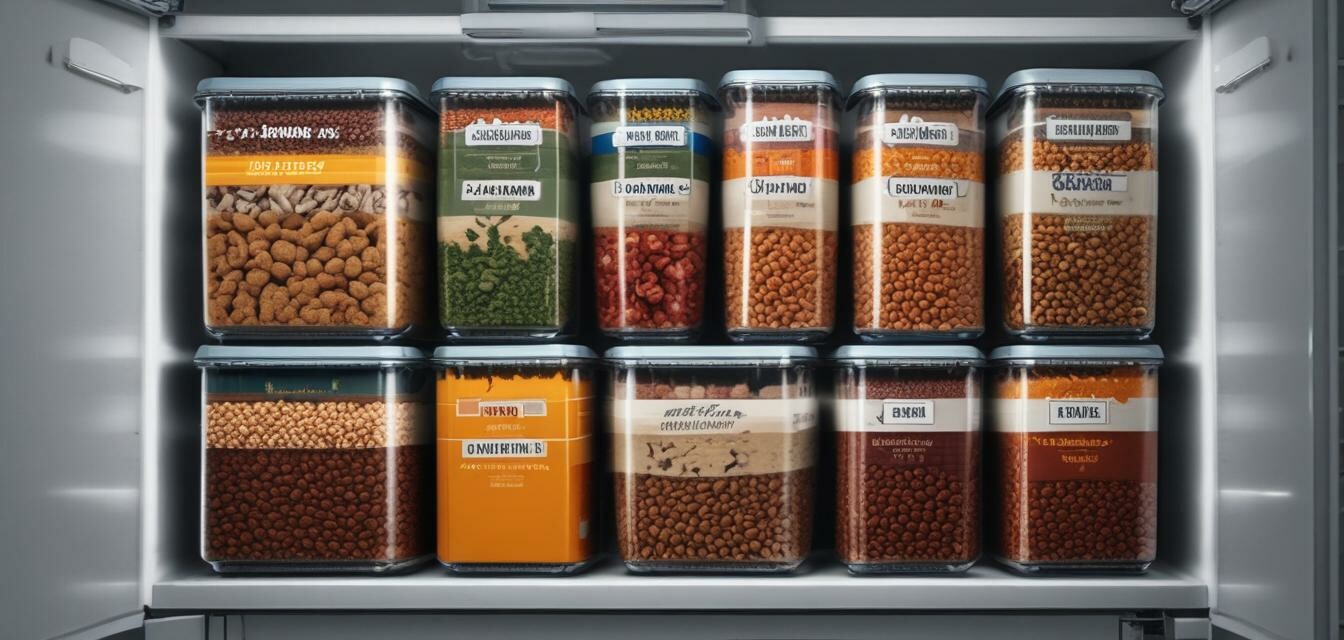
Key Takeaways for Homemade Dog Food
- Balancing nutrients is key to healthy homemade dog food.
- Regular veterinarian consultations can guide you in proper meal preparation.
- Diverse ingredients can enhance nutrition and enjoyment for your pet.
Pros
- Control over ingredients
- Ability to cater to specific dietary needs
- Potential cost savings
- Improved bond with your pet through cooking
Cons
- Time-consuming compared to buying pre-made food
- Risk of nutritional imbalance if not properly balanced
- Requires careful planning and preparation
- Potential higher upfront cost for quality ingredients
Explore More at Pets Supply Mart
Interested in learning more about pet care? Check out our other sections:
Making homemade dog food can be a fulfilling way to care for your pet. Always prioritize their health and happiness by providing them with the best meals possible.




